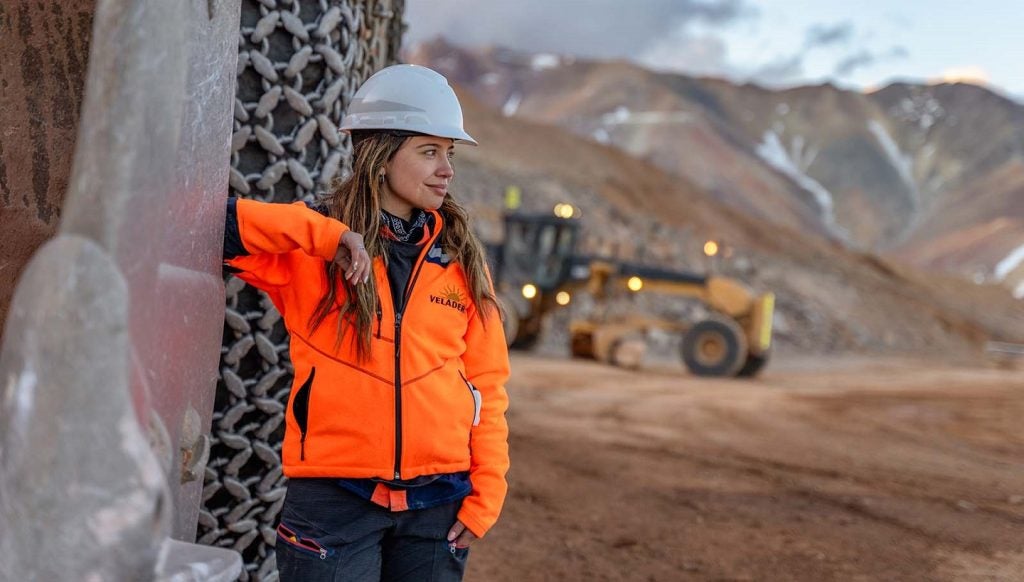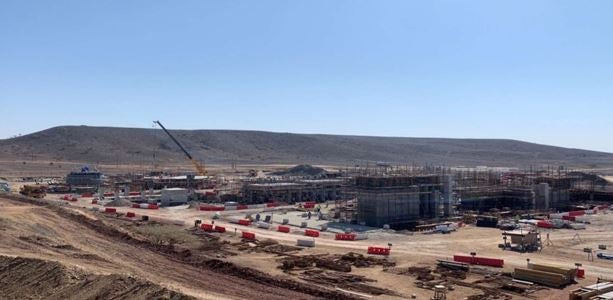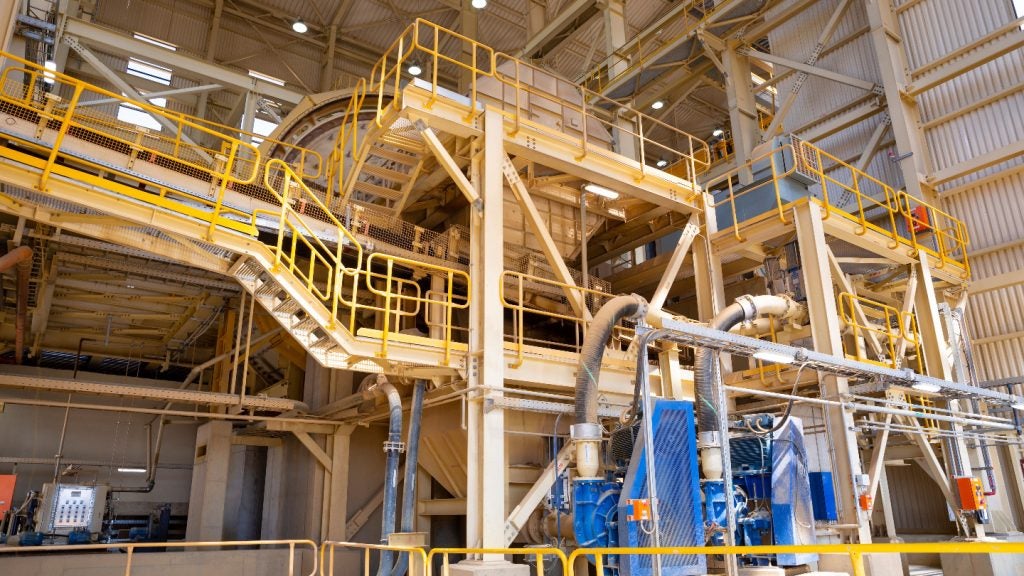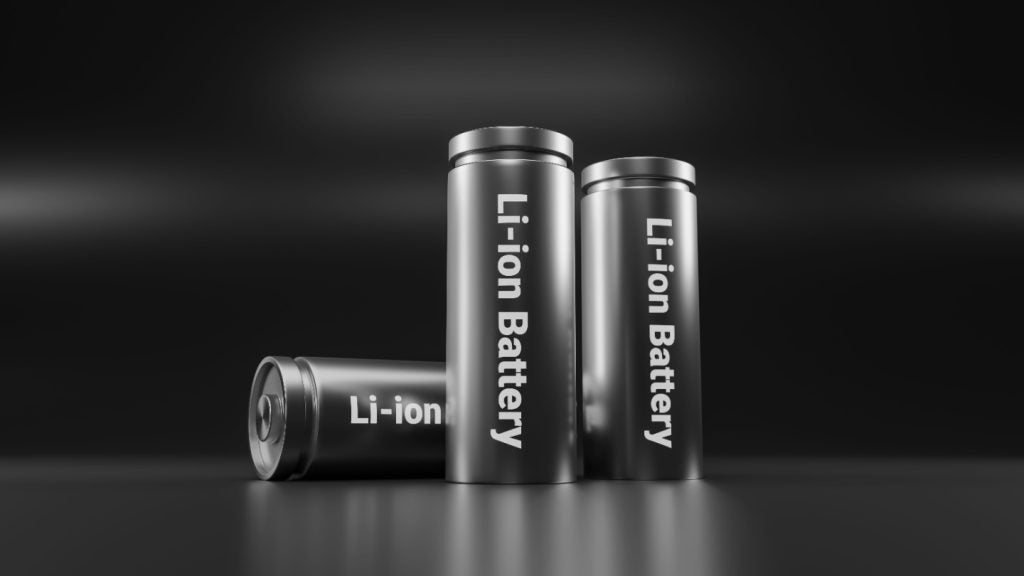With the increase in popularity of electric vehicles powered by lithium-ion batteries, together with worldwide inflation following oversupply amid the Covid-19 pandemic, the ‘Lithium Triangle’ is a phrase on everyone’s lips. According to the US Geological Survey, the Lithium Triangle is an approximately 400,000km² region covering Argentina, Bolivia, and Chile, which hosts nearly 60% of the world’s known resources of lithium, a metal dubbed by those in the industry as “white gold”. Consequently, investors are planning to begin or continue collaborating with these countries as they look at their potential for the future, especially Chile. However, amid sky-high lithium prices, getting ahold of the precious mineral is not as easy as it once was.
Patricia Vásquez, energy expert and author of The Lithium Triangle: The Case for Post-Pandemic Optimism report, outlines the potential opportunities that would allow South America to become a leading lithium-producing continent in the wake of the pandemic. However, at the same time, South American governments are becoming more interested in adding value to the resource rather than just selling it as a raw material. This was the case for Indonesia, the world leader in nickel reserves. In 2019, it stopped exporting the raw metal, aiming instead to become a power in nickel extraction and refining and eventually sell cathodes to China for their Li-ion batteries.
This is also the case for other kinds of resources. For example, Lindt, the famous Swiss chocolate, began relying on prestigious cocoa from Africa and South America. Only then did Randolph Lindt add value to the asset. Along the same lines, in London in 1706, the English merchant Thomas Twining first commercialized his celebrated tea blends from India, and the rest is history.
The vertices of the triangle – Argentina, Bolivia, and Chile
Argentina managed to attract a lot of investors before the Covid-19 pandemic. Because different political parties, as mutually agreed, sit on a regional coordination committee, a lot of incentives were agreed upon and turned out to be successful. Now, private mining companies control Argentinian lithium production. For example, at the beginning of 2022, Rio Tinto acquired the Rincon lithium project for $825m, and Livent began extending extraction in its Fenix lithium mine. Argentina’s lithium industry is expanding, and even if the country has plans to enter the battery production market, the local government seems more interested in short-term profit rather than a broader vision for the country’s economy.
Bolivia is not an investment-friendly nation and lacks collaboration and coordination from the internal government, which puts the country a decade behind Argentina and Chile in terms of ore resource exploitation and know-how. Bolivia has a long way to go before entering the lithium market.
In a world hungry for battery minerals, Chile is developing quickly. Most of the country’s lithium reserves are found in the Salar Flat of Atacama, and these put the country in a leading position within the white gold market alongside Australia. Chilean lithium production is set to reach 30 thousand metric tons by 2026, according to GlobalData forecasts. This September, Chileans voted in a national plebiscite to determine whether the public agreed with the text of a new Political Constitution of the Republic, drafted following the unrest of 2019. Among various proposals, the nationalisation of the mining industry has been suggested, but this has faced opposition. Regardless of its internal politics, Chile has a role to play in the battery economy. But when and how this will happen are still unknown.
Water, another valuable resource too often overlooked
Lithium is not used on its own, but it needs to be processed into lithium carbonate or lithium hydroxide. To do this, the metal needs to precipitate from the solution, and freshwater is used in this process. Specifically, approximately 500,000 gallons of water are needed to extract one ton of lithium. Now, imagine the implications of depleted freshwater supplies in a desert, a place that contains lithium but little water. Moreover, water contamination can be an issue. For this reason, concerns from local communities and environmental experts must be considered. Indeed, it is crucial to stress the urgency of better assessing the implications of water consumption for lithium production using a tailored approach for each project.




